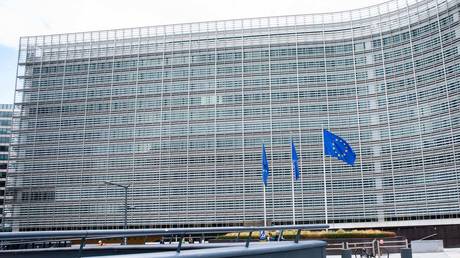Why Apple is taking this controversial symbol off its packaging
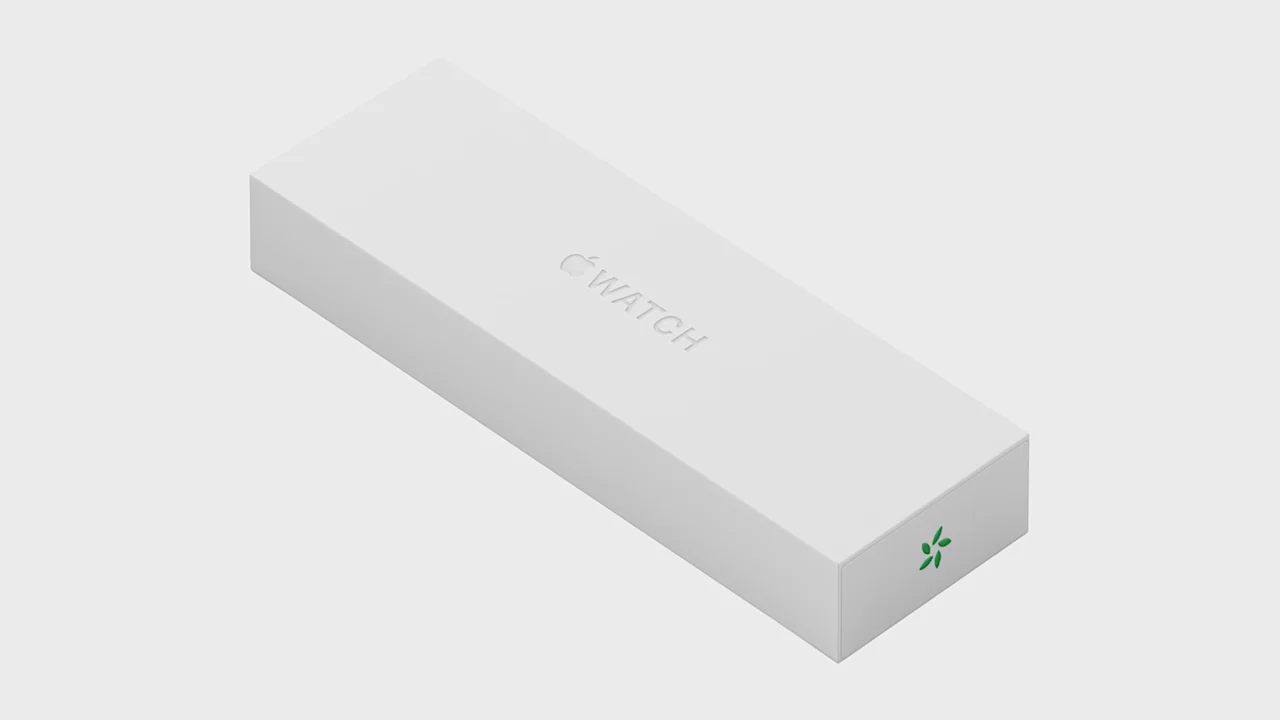
If you’ve bought an Apple Watch recently, you may have noticed a logo with a ring of green leaves on the side of the outer box. Elsewhere on the packaging, the same symbol appears alongside the phrase: “carbon neutral.”
Apple first introduced the mark two years ago with its first carbon neutral products—watches made with 75% fewer carbon emissions, with carbon offsets covering the rest. A carbon neutral Mac mini followed. Now, however, Apple is beginning to phase out the label, and boxes without it could start appearing later this year.
The change isn’t due to a shift in Apple’s environmental efforts. Rather, a new EU law is forcing the issue: by September 2026, companies will no longer be allowed to use claims like “carbon neutral” or “climate neutral” on packaging, ads, or product pages. Critics say such terms risk misleading consumers. Apple agrees that strong standards are important—but argues it is losing a way to highlight genuine progress in cutting emissions.
“There’s a real impact to not talking about it at a product level,” says Sarah Chandler, Apple’s vice president of environment and supply chain innovation.
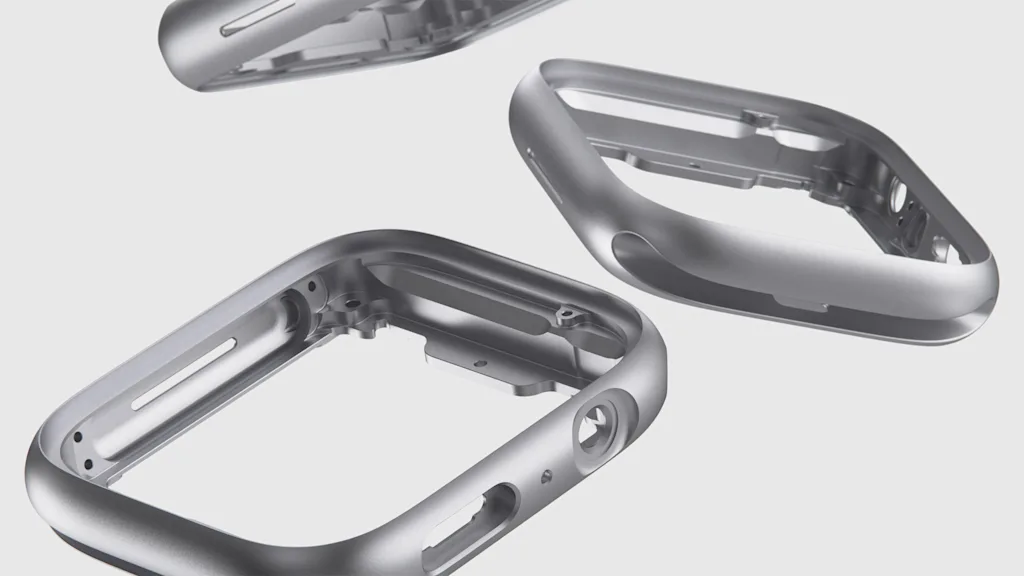
What “carbon neutral” means—and why the law changed
Companies define “carbon neutral” in different ways. At a basic level, the phrase, like “net zero,” means that greenhouse gas emissions are balanced out by carbon removal, either by nature—for example, trees sucking up CO2 as they grow—or technology like direct air capture. The concept was first applied to countries. When a country calculates its total carbon footprint, it can consider how forests and other carbon removal offset human emissions from factories, buildings, and other sources. But the idea is more controversial when it’s applied to a single product.
Some brands have claimed that a product is carbon neutral when they don’t make any changes in manufacturing but just buy carbon offsets equal to the product’s carbon footprint. In theory, that could be a first step—there’s value in understanding in detail where a company’s emissions come from, and if the carbon credits support credible projects, it’s a way to help fight climate change while the company makes plans to directly cut its own emissions.
But carbon offsets are cheap to buy, and that can mean that some companies are less motivated to change their own processes quickly. Some low-quality carbon offsets may not actually help at all. Arguably, even when carbon offset projects are carefully managed and do have a measurable benefit, restoring or protecting a forest is not truly equivalent to reducing the use of fossil fuels. Meanwhile, some companies can appear more sustainable than they actually are.
In Europe, surveys showed that many people misunderstand “carbon neutral” to mean that a company has eliminated its own emissions. And because there’s so much variation in how brands actually make carbon neutral products, EU regulators decided to ban the claims completely.
Apple argues that instead, regulators could require companies to meet a high bar for transparency and accuracy when they call a product carbon neutral. “I think that rather than banning certain terms, it would behoove us all to set high standards and hold people to them,” says Chandler.
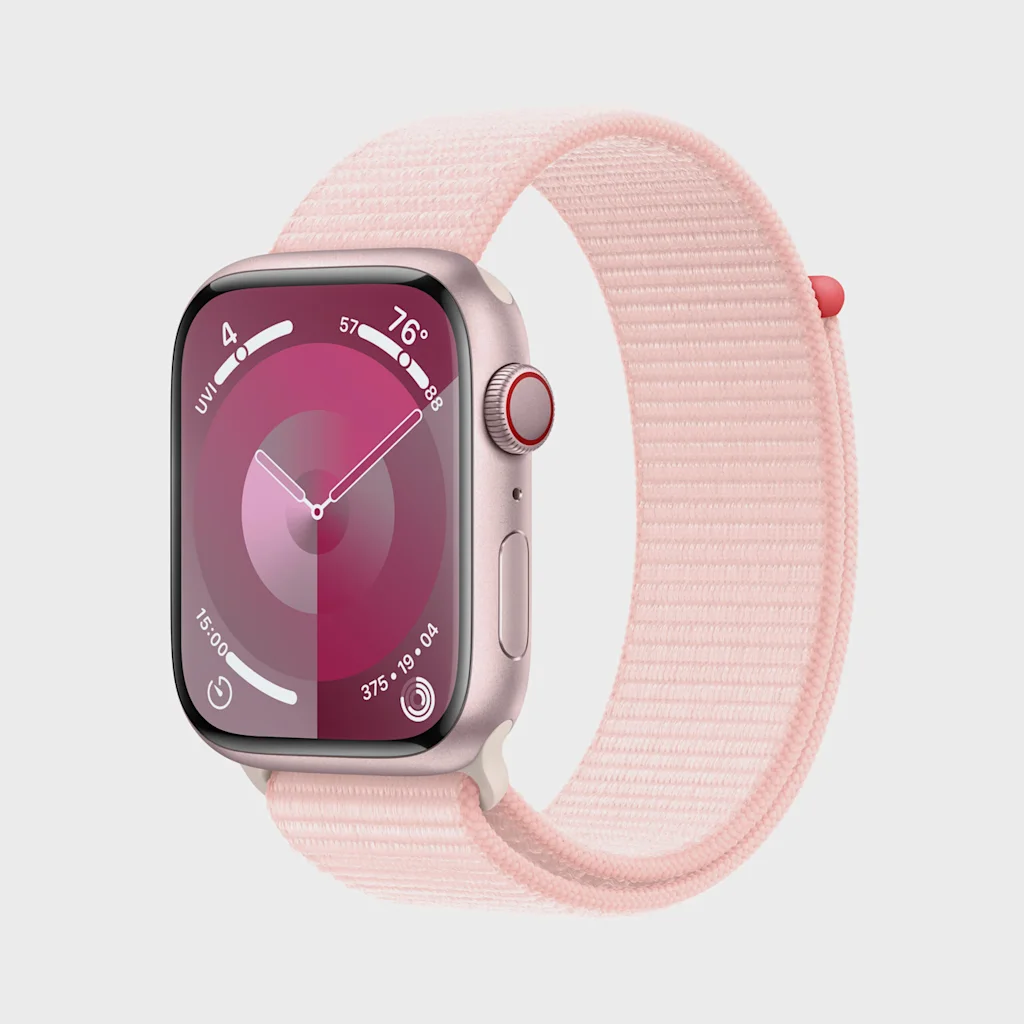
Apple’s ambitious push to cut emissions
When Apple set its internal climate goals in 2020, it was ambitious: by 2030, it aimed to cut emissions 75% across its entire value chain and offset the rest. By midcentury, the company plans to reduce emissions by 90%.
It has already made significant progress. That includes building new supply chains for recycled materials, from gold in circuit boards to cobalt in batteries and rare earth elements in magnets. These shifts aren’t simple; beyond sourcing new materials, Apple has had to develop new design solutions.
For the first carbon neutral Mac mini, for instance, the design team pioneered a new method to manufacture the recycled aluminum enclosure. “It’s done using something called impact extrusion, which is a really cool process and a complete change in our approach to design and manufacturing,” says Chandler. “That comes from a team saying, ‘How do we get an even bigger reduction in our material footprint both by using more recycled content and by using less material to make a product in the first place?’”
Over the past decade, Apple has also worked with suppliers to invest in new wind and solar farms. Factories commit to building renewable projects on the grids where they operate. Under Apple’s supplier code of conduct, direct partners must procure enough new renewable power to cover 100% of the electricity used to manufacture Apple products. Since 2018, Apple’s own offices, data centers, and stores have run on renewable electricity.
The company says this work has put it on track to meet its 2030 goal. Still, Apple has faced criticism for labeling some products carbon neutral. NewClimate Institute argued that without “the misleading marketing,” Apple “could stand out as a role model for several aspects of its climate plan.” Earlier this year, Apple was sued in California by plaintiffs who claimed that some of its supported offset projects failed to deliver “genuine” carbon reductions. The company has defended its approach.

Finding a new way to talk about progress
Though Apple is working to reduce emissions across the company, it’s been approaching the challenge product by product. Now, without being able to say that a particular product has met its definition of carbon neutral, the company says that it’s more challenging to help consumers understand the changes that it has made.
“We want customers to still be able to see that data and that progress transparently,” Chandler says. “So that’s where we’re really focused at this point: How do we showcase that, how do we highlight it, how do we make sure that customers get that information?”
The brand doesn’t currently plan to replace the carbon neutral label on packaging with different information (such as “75% fewer emissions,” or “made with 100% renewable electricity.”) But it’s exploring new ways to highlight environmental progress. Apple may potentially add more details online, so someone purchasing a watch or Mac mini can learn more about the move to recycled content, for example, at that point.
Though the new law only applies in the EU, Apple is changing its packaging globally, because the company says that it doesn’t want to create confusion for consumers. (It’s also beginning to phase in changes to packaging now, though the law goes into effect next year, for logistical reasons.)
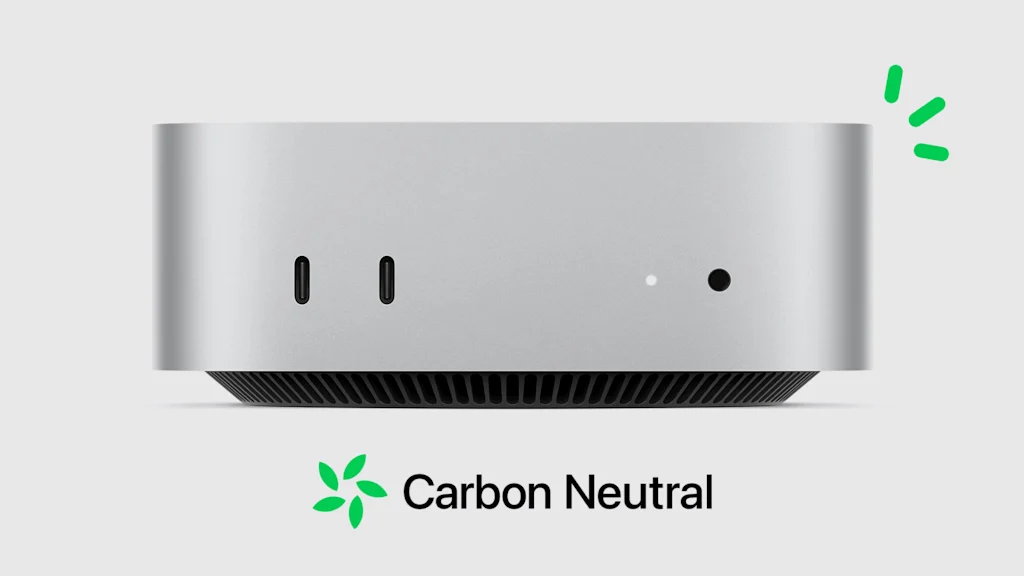
Action matters most
What’s most important, Apple says, is that its climate work isn’t slowing down as communication changes. It’s racing to meet its 2030 goal for other products. And to be able to reach 90% emissions cuts by 2050, the company needs to move aggressively. It’s working with other companies to find ways to tackle particularly hard-to-abate emissions, like cargo and aviation fuel, for example.
“Our work isn’t going to change here,” says Chandler. “We’re going to keep doing the work in these critical areas. We’re going to keep focusing on electricity, on materials, on transportation. We’re going to stay on track for 2030. All those things are not changing.”
“We’re proud of our carbon neutral products and on track to achieve carbon neutrality throughout our entire supply chain by 2030,” the company said in a statement. “Every Apple product is designed with the environment in mind, and that commitment will continue, regardless of new EU rules restricting how we can talk about it.”
Fast action is critical. “The clock is ticking,” says Jordan Faires, senior manager of net zero at the environmental nonprofit EDF. “Bold corporate climate action can’t wait. What matters most is cutting emissions at the speed science demands—prioritizing deep decarbonization and investing in nature—and being fully transparent about the results.”
What's Your Reaction?
 Like
0
Like
0
 Dislike
0
Dislike
0
 Love
0
Love
0
 Funny
0
Funny
0
 Angry
0
Angry
0
 Sad
0
Sad
0
 Wow
0
Wow
0





